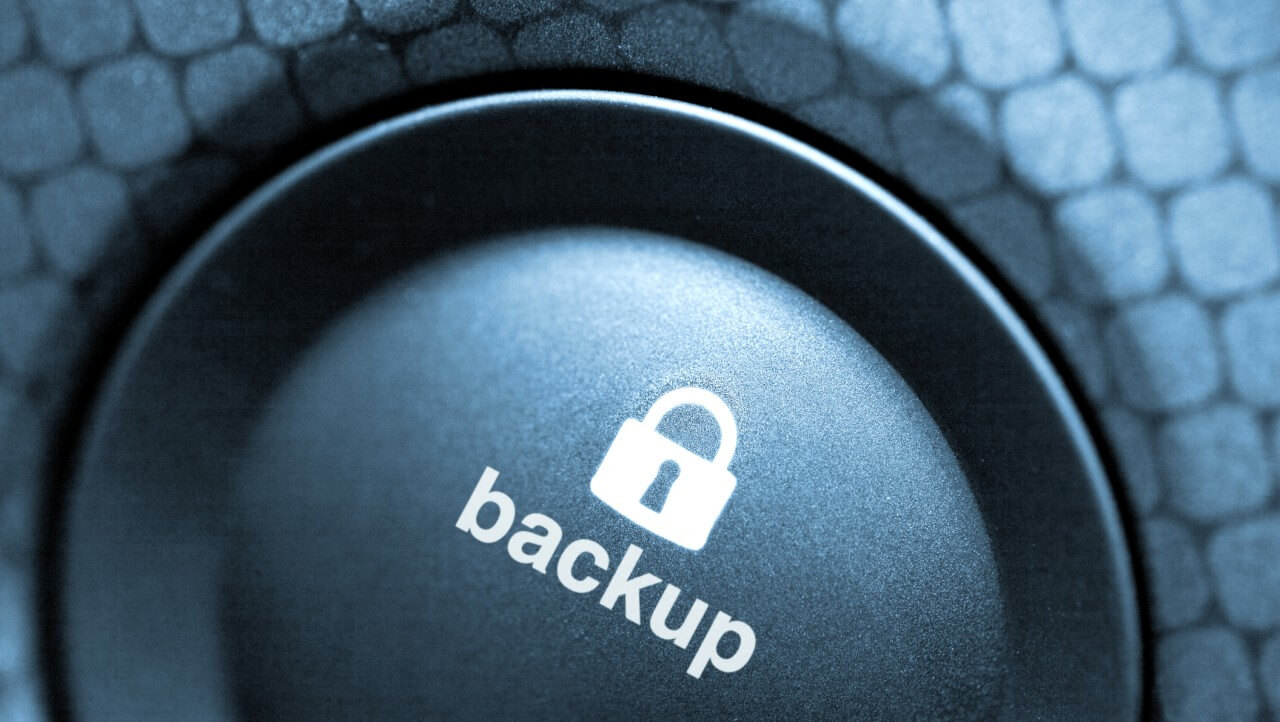One of the most important intangible assets for any organization is the information.
Without all this information the companies would stop working, because it is an indispensable element for the daily operation.
To ensure the availability of information at the time it is required when an eventuality occurs, it is necessary to have a preventive process such as "backups".
A backup is a copy of the information that companies generate, use and update constantly throughout the operation time; also this term is used to refer to backup copies for information systems, databases, application software, operating systems, utilities and more.
The objective of a backup is, mainly, to guarantee the recovery and security of the information, in case it has been eliminated, damaged or altered by some other or known cause.
Typically backups are made on secondary storage units, such as external hard drives, pendrives, compact disk and even in the cloud or other local or remote computing equipment.
Within the institutional policies of companies should include the practice of information backup in an acceptable and possible period of time, since the time between the loss of information and its recovery can be decisive for the survival of the company.
There are numerous cases in which a computer attack, an earthquake, a flood, a fire or vandalism leave the computer equipment unusable or damaged and, as it does not have effective support, it is impossible to recover or update the information generated over the course of months. of work or even years.
It is important to know that although the systems area is in charge of making the necessary backups of the information systems and databases of common use, the user is directly responsible for carrying out the backups of his computer equipment. all in those documents or files of daily use and that are constantly updated throughout the day.
The information supported is of interest and importance to the user (data files, images, photographs, presentations, PDF, etc.). That is why you should be aware of doing it as a daily practice and in this way ensure that this information is adequately supported either in folders by project, data types, dates or any other way that is easy for you to identify.
Rule 3-2-1 is used in many companies and helps to solve the loss of information accidentally. Applies to the most important files as follows:
- 3. Keep 3 copies of the file: original and 2 copies. This helps to back up the information in case of having a malware or a physical problem.
- 2. Save the files in 2 different storage units in order to protect the information from different damages.
-
- Keep one of the copies "Offsite", in a different place from the place of work. With this we assure that if it were to completely destroy the computer equipment, at least the backed up information will exist and it will be able to be recovered.
The frequency of backing up information is determined by the frequency of information changes. The user must apply the same criteria with their files. It should not be assumed that an eventuality or contingency will never arise.
Making an information backup is like buying car insurance; it is better to have it to never use it, than not to have it and require it at the least expected time.

